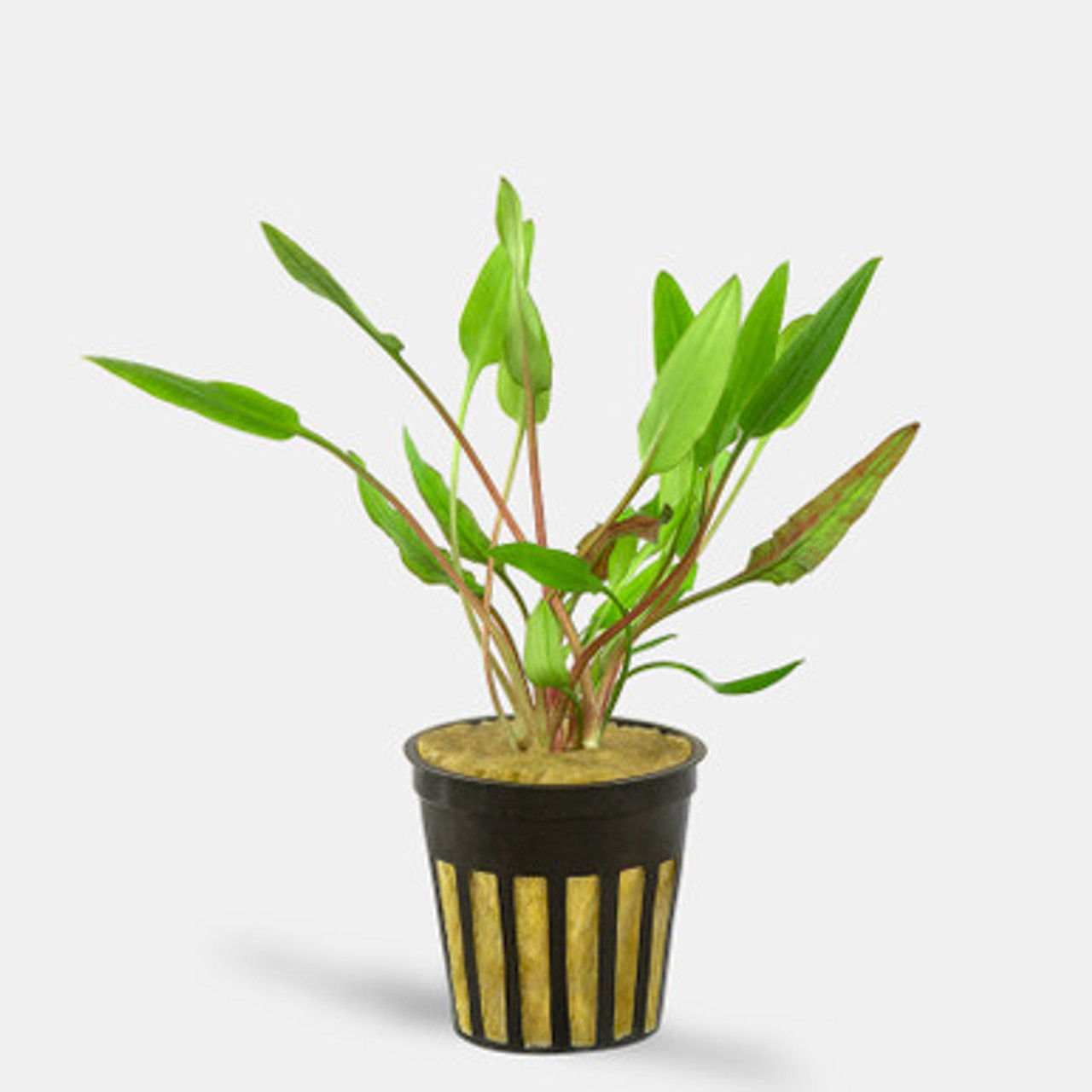Why are my Cryptocorynes melting and what can I do about it?
Posted by Artur M. Wlazlo on 5 Jan 2024
Cryptocorynes are some of the most popular aquarium plants. They are also widely available, and many varieties of these beautiful plants are available for purchase in various online stores, including at Modern Aquarium. Their popularity stems both from their attractive appearance and ability to grow in varied light conditions, including in low-light tanks.
In nature, Cryptocorynes – crypts for short –are found in many different habitats, ranging from fast-flowing rivers or streams to flooded, boggy, or marsh areas around both lakes and rivers. They are true aquatic plants and are ideal for home aquariums.
Generally, Crypts are used for foreground or midground areas and their slender leaves contrast beautifully against large-leaf plants like Anubias or Swords and stem plants. For these reasons, incorporating crypts into the aquascape is highly desirable.
What is a Cryptocoryne Melt.
Given these considerations, you decided to buy several crypts and were super excited when they were finally delivered and planted in your home aquarium. Beforehand, you made sure that the tank conditions such as light, substrate, and temperature were optimum for your plants. And still, only three days later most of your Cryptocorynes died or melted away. Distraught and frustrated, you decide to rip out the remnants of the plants, including their roots, and ask yourself what happened and what could you have done differently.
If this depiction portrays your experience with cryptocoryne plant species, you are not alone. Many hobbyists have experienced the dreaded cryptocoryne melt where the entire plant, including leaves and stalks, simply disintegrates in a matter of days, seemingly leaving nothing behind.
How to Deal with Cryptocoryne Melt.
Unfortunately, Cryptocoryne plant species are known for this phenomenon, and it happens with sufficient regularity that we decided to address it in this blog. Fortunately, the situation is not as bleak or hopeless as it seems at first sight.
Cryptocoryne melt occurs when the plant is introduced into a new environment. It appears that the sudden changes in the environment – light, temperature, water conditions, etc. - trigger a period of adjustment for the cryptocoryne plant. Oftentimes, this adjustment or acclimatization process involves shedding all their leaves. One of the biggest mistakes new hobbyists make at this stage is when they pull out and discard the remaining roots of the plants. STOP: Never pull out and discard the roots.
While the crypt’s leaves melted away, below the substrate the roots survived. Within a few days, new leaves will start to emerge from these roots, and in the following weeks, the cryptocoryne plant should be fully recovered, showcasing several fresh leaves.
Once they complete their acclimatization process and become established, Cryptocorynes are hardy and will thrive in varied water conditions and even in low-light aquariums, providing shelter for your fish, keeping your aquarium water clean, and making your aquarium look natural and beautiful.


